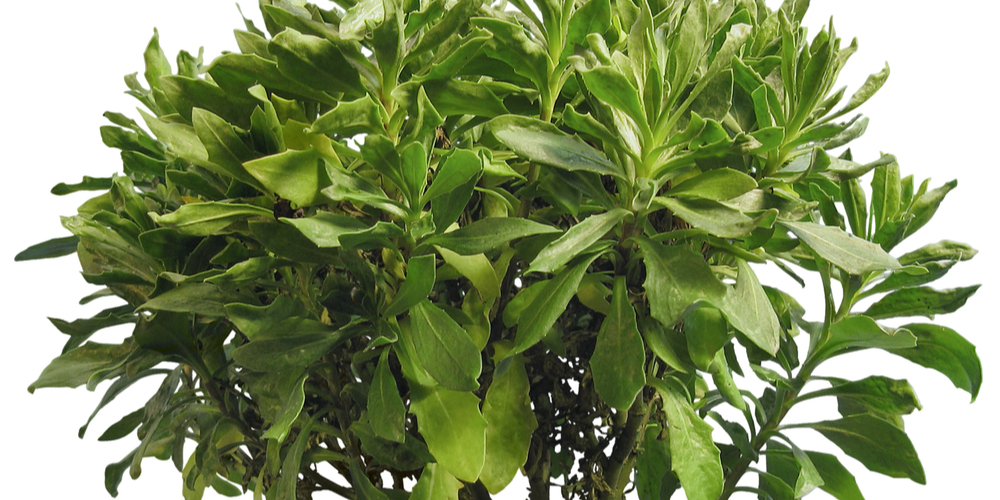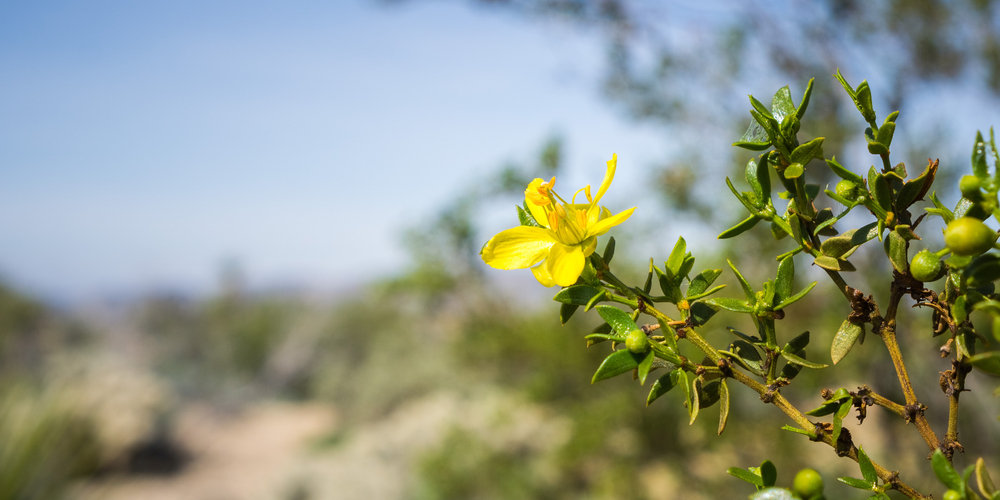Often defined as an ecological area with scrub and dwarf trees, chaparral refers to a succession plant community that is uniquely adapted to survive dry climates and infrequent, high-intensity fires.
The chaparral shrublands are often found in patchily distributed occurrences that are usually dominated by diverse, mostly evergreen sclerophyllous shrubs, typically less than 3 meters tall.
One of the fascinating characteristics of chaparral species is how they resprout energetically after burning. Surprisingly, they produce fire-resistant seeds.
This post will cover more about chaparral, focusing on whether or not it grows in Colorado.
What is chaparral?
Chaparral is one of the major biomes, characterized by an evergreen shrub vegetation. It is considered one of the most diverse plant communities and occurs in a Mediterranean-type climate. For the unacquainted, it may be worth noting that Chaparral is as much a place as it is a plant community.
As an ecological area, chaparral sees long, warm, dry summers and mild, rainy winters, where the weather stays beautiful regardless of the season. The plants that inhabit these regions are well adapted to the climate, with most of them being able to live without water for a prolonged period.
They are short and form a nearly continuous cover of closely spaced shrubs about 2 to 3 meters tall.
Mature chaparral is nearly impenetrable because of the dense thickets with intertwining branches. Most chaparral plants have small, hard leaves with recessed stomata, thicker cell layers, and waxy coatings that help reduce evaporation, particularly during hot, dry summers.
The plants may also get dormant to conserve water loss during the drought.
Typically, chaparral plants have more aggressive root systems that enable them to take in any available water. They have lateral roots that extend in many directions and long taproots that exploit deeper water reserves, enabling them to remain evergreen, even during the driest summers.
Besides the unforgiving temperatures and elongated droughts that chaparral experiences, natural high-intensity wildfires are typical. Thankfully, most chaparral species are good at surviving fires and sometimes even use the fire to their benefit.
The woody parts burn from the fire, but they will resprout, thanks to their well-protected roots. Typically, fires occur naturally at intervals of anywhere between 30 and over 100 years but infrequently.
Of significance, despite being a major hazard, fire is integral to the existence of chaparral. First off, the fire helps to recycle nutrients into the soil. By burning down dead plants, it opens up the ground, creating room for new plants to grow.
While most chaparral species can regrow after fires, the intense fire opens the seed coats for some, facilitating sprouting.
After the fire, herbaceous vegetation (grass and wildflowers) dominates the lands until shrubs regrow. Such vegetation is usually lacking between fires, which is linked to chemicals produced by some chaparral plants—a phenomenon known as allelopathy.
For instance, chamise leaves synthesize a water-soluble compound that impedes germinations of a variety of herbs when washed into the soil. Manzanita shrubs are also known to have chemicals that prevent the germination of many plant seeds, including their own seeds.
Does chaparral grow in Colorado?
Yes, chaparral species grow in Colorado but are scattered. While the largest and most pristine stands of chaparral occur in California, it is found in scattered locations throughout Colorado Plateau, among other regions.
It is worth noting that the chaparral shrubs in Colorado are less diverse. However, some of the common chaparral shrubs featured in California still grow in Colorado.
Some chaparral species that you can find in Colorado include:
- Ceanothus velutinus
- Artemisia tridentata
- Arctostaphylos patula
- Ceanothus martinii
- Pseudotsuga menziesii
- Pinus monophylla
- Juniperus scopulorum
- Purshia stansburiana
- Amelanchier alnifolia
- Prunus virginiana
- Arctostaphylos nevadensis
- Ceanothus prostratus
- Eriogonum spp
Because the chaparral shrubs don’t grow as dense, herbaceous vegetation tends to be common in Colorado, particularly after the first rain fall through spring and early summer. The vegetation beneath the main canopy of shrubs will vary from grasses to forb.
Generally, chaparral shrublands occur in elevations between 3,000 and 7,000 feet, where most stands are a mix of heterogeneous species. However, each stand tends to have 1 or 2 dominating species.
Does chaparral grow in Colorado: Conclusion
If you live in Colorado and would like to plant chaparral species, you have one choice: mimic chaparral native habitat. Chaparral shrubs mainly grow in dry, rocky terrains.
Related Article: Best Time of Year to Plant Lilaics in Colorado?

